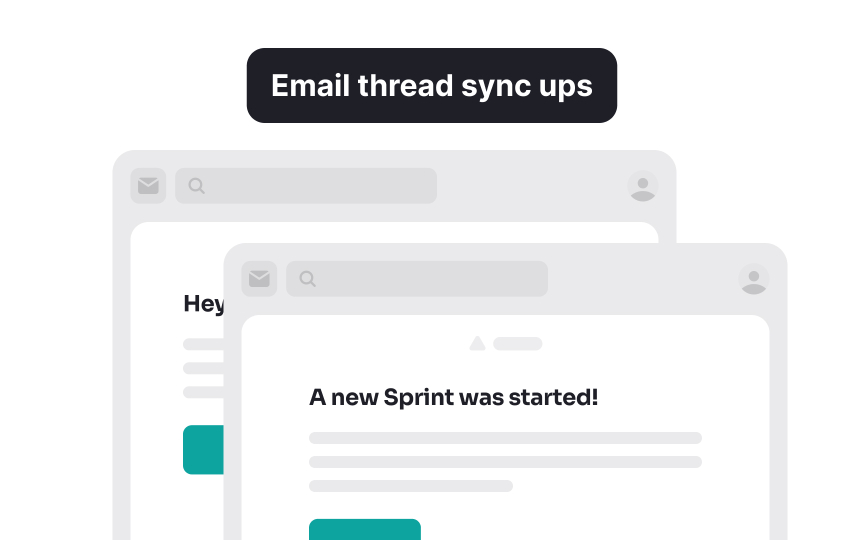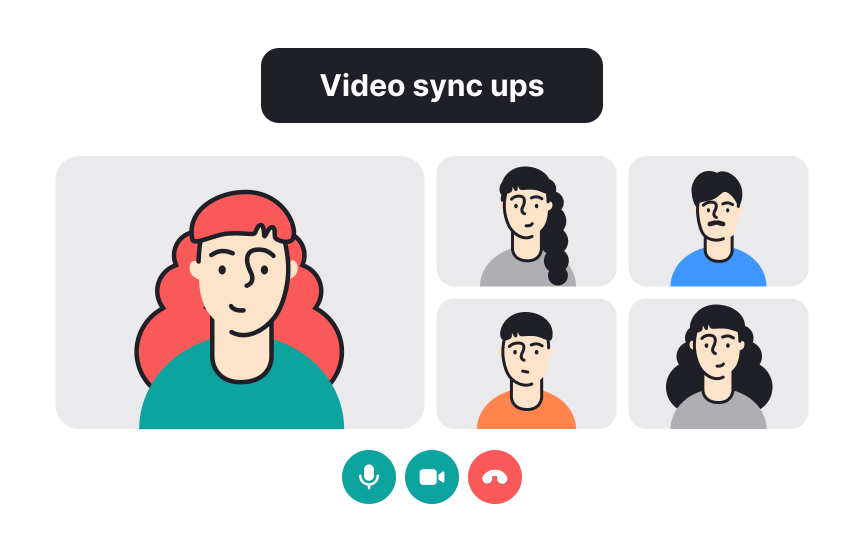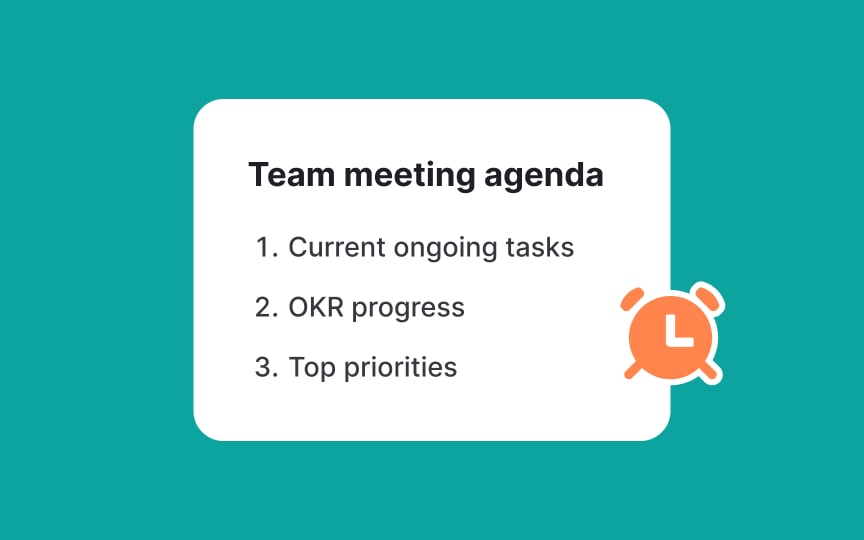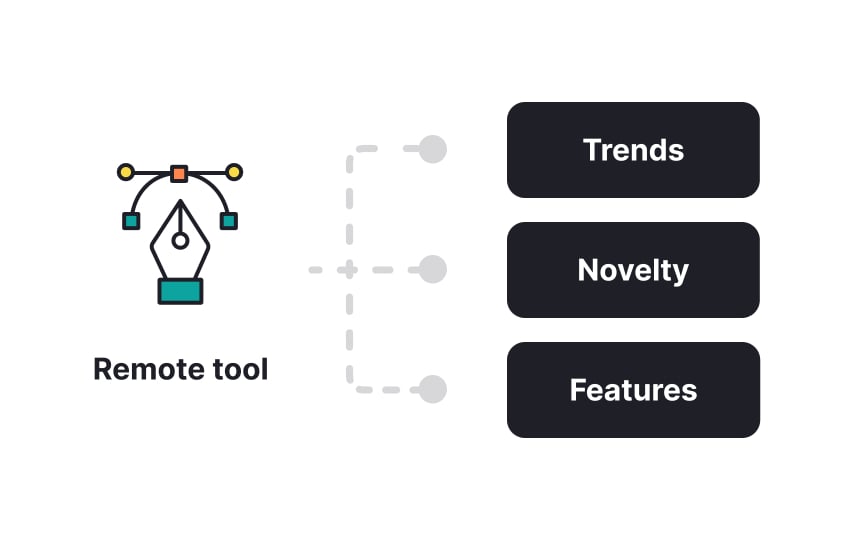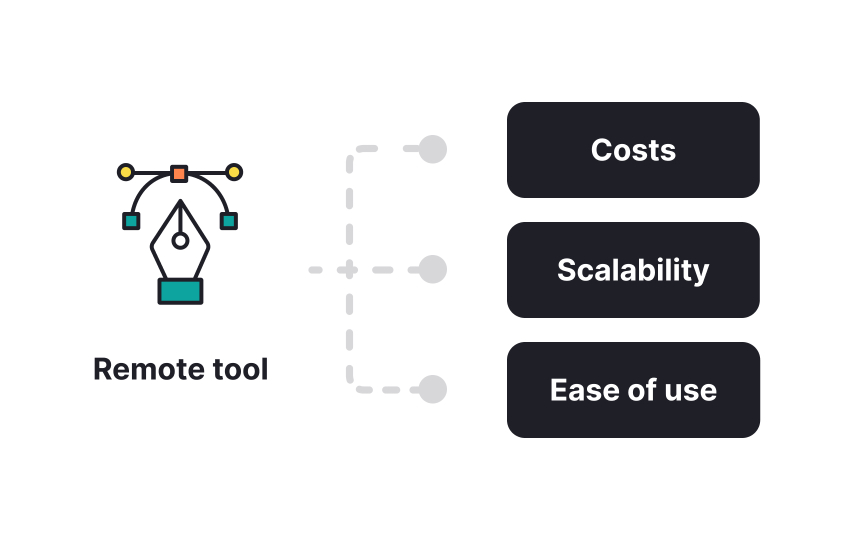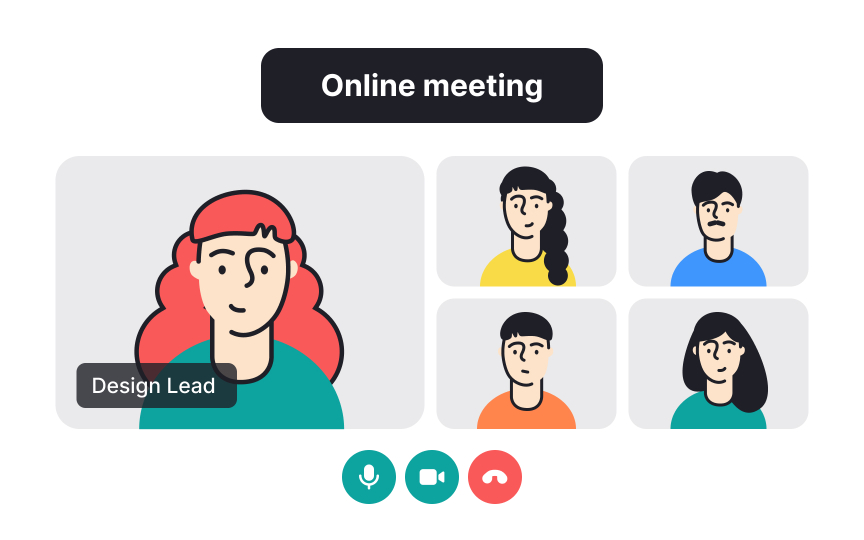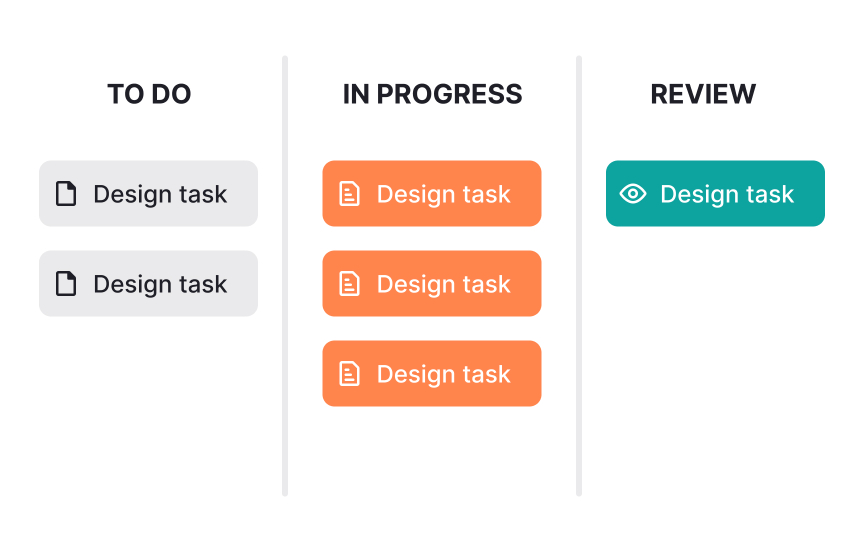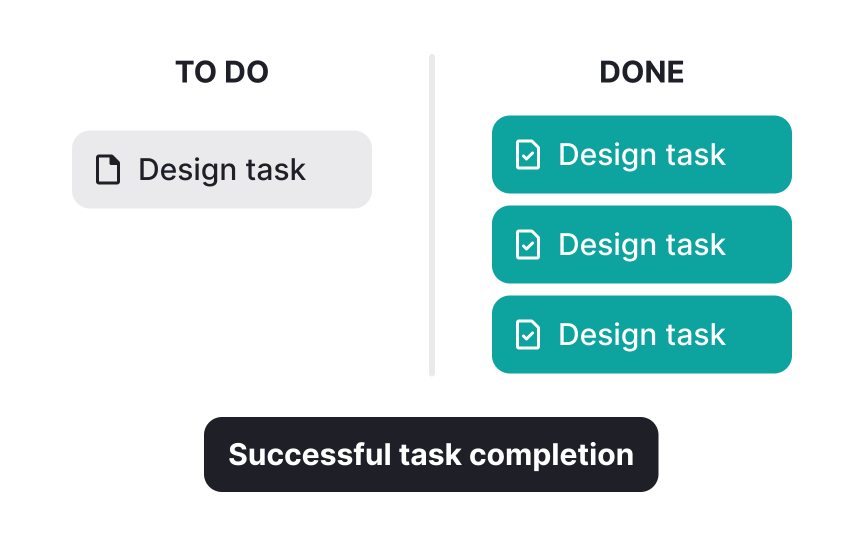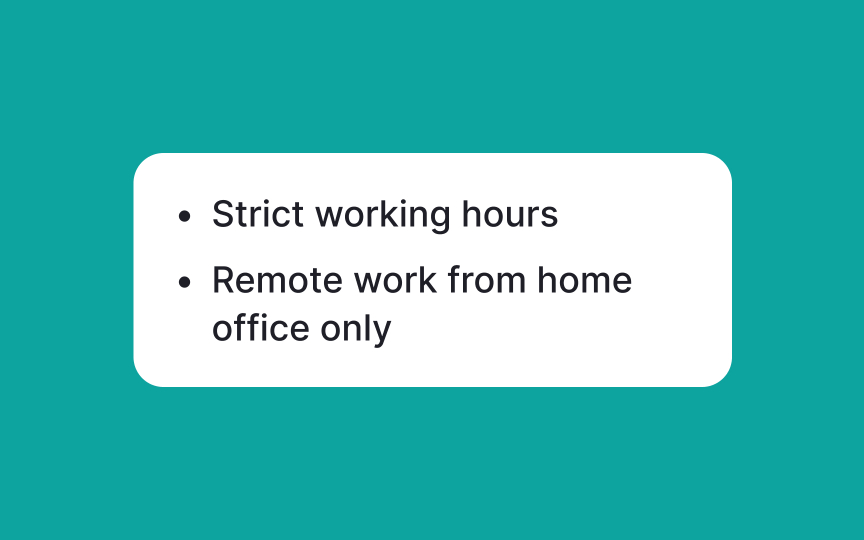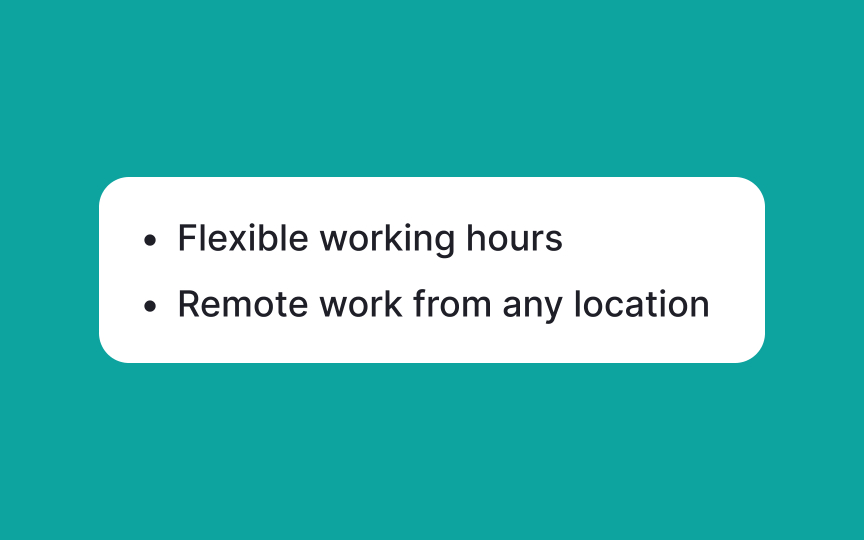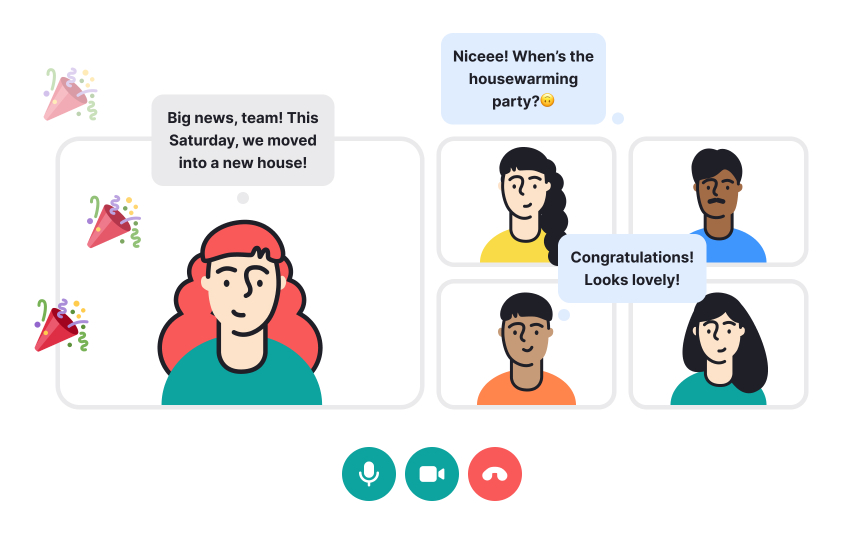Handling Remote Teams
Learn how to enhance collaboration, creativity, and efficiency within remote design teams
In the aftermath of the COVID-19 pandemic, remote work has surged in popularity, becoming a staple in the modern work environment. As more and more people prefer to work from home, design leaders need to know how to handle remote teams effectively.
This lesson is designed to equip you with the knowledge and tools needed to effectively lead and support a remote team. We'll explore strategies for enhancing communication, collaboration, and culture in a virtual setting, addressing the unique challenges and opportunities that remote work presents.
Video calls let you and your team see each other, which is more personal than texts or emails. Seeing each other's faces helps build trust and rapport, which is important for teamwork. Plus, it's easier to understand how someone feels if you can see them.[1] This helps you better gauge emotions, collaborate on ideas, and provide support to your team members where necessary.
Face-to-face conversations are also better for delivering bad news or discussing sensitive topics such as performance issues or workplace conflicts, as they allow for more nuanced communication and empathy.
Essentially, video calls bridge the physical gap for remote teams, building a sense of community and belonging that empowers everyone to contribute their best creatively.
Setting an agenda for virtual meetings is all about respecting and valuing everyone's time. Before calling a meeting, ask yourself if the matter can be resolved with a message or
To build an effective agenda:
- Start with the most important topics to ensure they get addressed
- Estimate how much time to spend on each item
- Include a brief description in your meeting invite for clarity
This helps your team members prepare and contribute to a more productive discussion. Remember, a well-planned meeting reflects your respect for the team's time and energy.
Typically, a design team would need:
- A video conferencing tool like Google Meet or Zoom
- Online whiteboards like Miro, Mural, or Stormboard
- Online design tools like Invision, Figma, or Canva
- Online communication tools: Slack or Discord
- Presentation tools like Pitch, Google Slides, or Figma Slides
- Project management tools like Jira, Linear, Notion, or Trello
Consider what aspects of your remote workflow need improvement — communication, project management, or design sharing. Once you identify these areas, look for tools designed to tackle these specific challenges.
When you're picking a design tool for your team, keep these things in mind:
- Costs: Is it affordable? Will it still be worth the money as your needs change and evolve?
- Scalability: Can it handle your team's growth and changing needs? A great tool now should also be great when your team gets bigger.
- Ease of use: How steep is the learning curve? Your team should be able to get the hang of it quickly without needing a ton of training.
- Compatibility: Does it play nice with the other systems and software you're using?
Before you settle on a tool, do a cost-benefit analysis and give it a test run with a free trial. This will help you find a tool that fits your needs now and in the future. Steer clear of overly complex tools that could slow you down, and go for ones that make your existing processes better. This will make the transition smoother and get you the most out of your new tool.
Pro Tip: Monitor key metrics regularly and perform check-ups after introducing a new remote tool. This will ensure your workflow remains efficient and on track.
Making time for chitchat in virtual meetings is more important than you might think. It’s a chance to transform a routine "How are you?" into a moment of genuine connection. Instead of the usual “Good, thanks,” share something personal, like a recent project you're proud of or a hobby that’s been capturing your attention. This approach shows your team that you're not just colleagues but individuals with lives outside of work.
Casual conversation isn’t just filler — it’s the foundation of workplace friendships. Research indicates that discussing non-work topics is crucial for building these relationships.[2] So, consider dedicating a portion of your meetings to open-ended chats or integrating fun icebreakers. Tools like Airspeed offer creative ways to break the ice asynchronously on Slack.
These moments of personal sharing can significantly reduce feelings of isolation, especially in remote conditions, and lay the groundwork for a supportive, friendly work environment.
When teams are spread across different geographical areas, the overlap in working hours might be limited. Be mindful of this and don’t expect team members to be available around the clock just because technology makes it possible.
Instead, encourage employees to work within their local work hours to ensure their well-being and reduce burnout. It shows that you value their personal time and commitments outside of work, which can boost morale and increase job satisfaction.
For collaboration across time zones, plan meetings during overlapping work hours and use asynchronous communication methods like
Clear task management helps everyone on remote teams understands their specific roles and responsibilities. Here’s how you can keep task management transparent and organized:
- Use a centralized task management tool: Platforms like Jira, Linear, Notion, or Trello allow you to assign tasks, set statuses, and update deadlines in one visible place.
- Set clear assignees: Ensure every task has a designated person responsible for its execution. This avoids any confusion about responsibilities.
- Define status categories: Use clear status labels like "To Do," "In Progress," "In Review," and "Done." This helps everyone track the progress of tasks and understand what stage each task is at.
- Encourage duration estimates: Have team members estimate how long tasks will take. This allows everyone to plan better and sets realistic expectations for task completion.
- Link to relevant documents: Attach all necessary documentation directly to the task in the management tool. This ensures that all resources needed are readily accessible and associated with the relevant task.
Being productive doesn't mean always being online or replying quickly in
Instead, it's better to judge team members on the results and quality of their work. This creates a more flexible and trusting work environment. It also encourages efficiency and creativity, allowing people to work in a way that fits their lifestyle.
Use a task management tool to keep track of your team's work without interrupting them constantly to see what they’re doing. These tools show all the project details, who's doing what, and how long tasks take. You can see what's been done and spot any problems early. Then, in your regular team meetings, you can talk about progress and solve any problems that come up.[3]
Encourage your team to work from locations that suit them best, whether that’s from home, a coffee shop, or even while traveling. Allow them to choose their working hours to fit their most productive times and personal commitments.
It’s also your job as a leader to ensure they have continuous access to the resources and information they need while they work remotely. Be proactive in checking in and be available to unblock any issues they might encounter.
Encourage your team members to feel comfortable reaching out whenever they’re stuck. Make it clear that seeking help is not only accepted but encouraged. Facilitate connections within the team so they know who to approach for specific problems. In simple words, support them to do their best in a work environment where they thrive.
Celebrating both personal and professional wins in a remote team is a fantastic way to boost morale and foster a strong, supportive culture. Recognizing achievements, big or small, not only acknowledges hard work but also reinforces the value of everyone’s contributions.
To do this, make a habit of highlighting team members' successes during virtual meetings. This could range from meeting a tough deadline, launching a project, or even personal milestones like buying a home or completing a certification. Also, consider using team communication channels to share wins regularly. This keeps the team connected and motivated, and it encourages a positive atmosphere where people feel valued and appreciated.
References
- Ways to Improve Communication for a Remote Design Team | Yellowchalk Design Studio
- Fighting Loneliness on Remote Teams | Harvard Business Review
